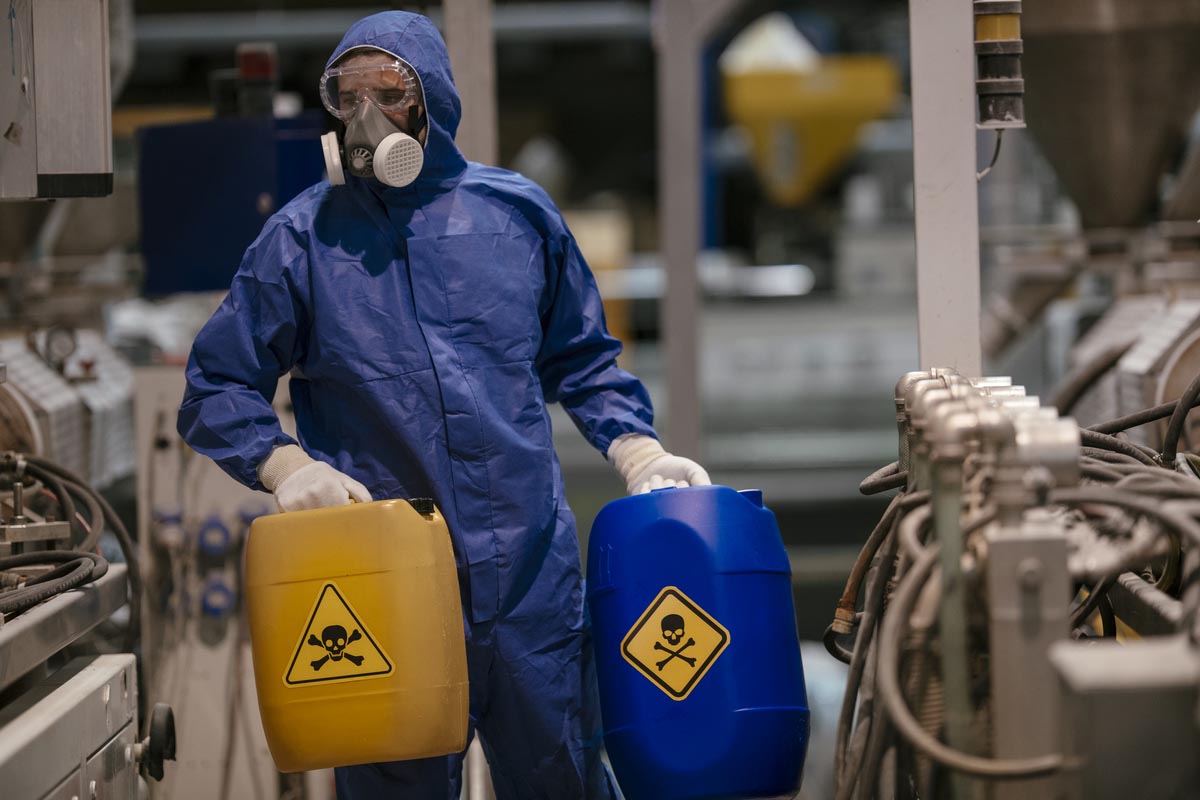The longest international climate conference ended recently in the Spanish capital of Madrid, with negotiators postponing until next year a key decision on global carbon dioxide emissions. Delegates from 200 countries iterated the need to help poor countries which are confronting problems due to the effects of extreme climate change. However, the thorniest issue of planetheating, specifically greenhouse gas emissions, is yet to be resolved in keeping with the 2015 Paris Agreement’s target of avoiding a temperature increase of more than1.5 degree Celsius by the end of the century.
Setting a price on greenhouse gas emissions, the markets eventually accede to nations or organizations to trade emissions permits that can be substantially reduced by encouraging low emissions sophisticated technologies. However, international environmental groups and activists accused richer countries for showing little interest in tackling the major global issues of climate change, postponing it for the next summit in Glasgow, in a year’s time. Apart from carbon dioxide emissions which has assumed alarming proportions in several countries, including India, the stock piling of chemical weapons (CW) and its disposal is a major threat.
Advertisement
Chemical weapons, including blister agents like phosgene, sulphur mustered, nerve agents sarin, VX, soman etc, blood agents cyanogens chloride, hydrogen cyanide and biological weapons are not used by Syria alone but are also handled by many other belligerent countries of the world. International law has prohibited the use of chemical weapons since 1899 under the Hague Convention. The Organization of Prohibition of Chemical Weapons (OPCW), based in Hague, though relentlessly working towards disposal of chemical weapons of the country, tangible results are yet to be achieved.
The countries that possess Chemical Weapons include the US, Russia, Iraq, Japan, Libya, Syria, India etc. One hundred eighty eight signatory countries of (OPCW) have destroyed chemical weapons weighing 58,528 metric tonnes, but there still exist a substantial number of countries with declared stockpiles of CW. Non-signatory CWC nations with stockpiles of CW include Israel, North Korea. Disposal of mass destruction of chemical weapons is absolutely imperative to save the Earth. The international conference on waste management and recycling concluded in Sofia, Bulgaria last year with its focus on chemical waste disposal and recycling technology transfer.
The chemical waste disposal and its sustainable management have assumed alarming proportions in India. The huge chemical pollution in the Ganga is a matter of grave concern. Waste discharge from a large number of factories including pharmaceuticals, chemicals, paper mills, leather, sugar and cotton industries, has aggravated the situation. It is extremely unfortunate that the sacred river is being used as a substitute of drain. Nearly all developing countries are confronting chemical waste disposal problems. A fallout of abandoned and hazardous sites, unregulated waste dumping and a low priority given to environmental issues are part of the narrative. India must take the chemical waste disposal issues very seriously and develop more cogent ideas for underground disposal, considering its technical barriers, legal basis, waste characterization and conditioning.
This includes assessment of isolation of the chemical waste safely from the environment and the development of sophisticated eco-friendly technologies. Even waste chemicals of the laboratories of schools, colleges, universities, research institutions, hospitals have to be handled very carefully and these need be disposed of with greater care. In formal educational institutions little or no education and training is imparted on chemical safety. There are different ways to achieve disposal, especially for chemical waste from pharmaceutical factories and processing plants rather than domestic chemical waste like batteries. They encompass incineration, chemical waste recycling, chemical neutralization and land disposal.
Landfills are considered to be safe because they run deep into the ground and are nonbiodegradable. Adequate measures should be taken to ensure recycling and safety of chemical waste. The waste should not be allowed to contaminate oceans, rivers and the ambient air. Although millions of chemical compounds are known, only a small number have been tested as far as their toxicity is concerned. Chemical hazards may occur during the storage of its ingredients, transportation, manufacture, handling, experimentation or even during the disposal of waste products. The toxic chemicals may be in the form of gaseous state, liquids, solid or dust.
The chemicals often find their entry into our bodies during breathing, swallowing or in contract with skin. Inhalation or the breathing process is perhaps the most common route through which toxic chemical substances enter our body and then get mixed with the blood stream. Some corrosive chemical ingredients may be responsible for acute skin disease or on prolonged exposure to certain carcinogenic chemicals may lead to cancer. Bhopal suffered the world’s worst environmental disaster following the leakage of a highly toxic chemical gas called methyl isocyanate, generally known as MIC. The MIC is an ingredient necessary for the preparation of pesticides.
Thousands died and many more became blind. Methyl isocyanate is a colourless liquid, which is used extensively in the preparation of polyurethane foams, production of plastics and some pesticides. The problem of occupational hazards re not confined to factories. These can often lead to abortion, low fertility or even impotence. Some chemicals are responsible for birth defects. Prolonged exposure to lead, mercury, organic lead compound and radiation form x-rays, carbon monoxide, chloroprene used in the manufacture of rubber, cadmium, chromates, fiber glass, silica, pesticides etc. can cause occupational hazards to workers of chemical and pharmaceutical industries.
The nature of nuclear waste, produced in the nuclear power plants are different in nature and may raise specific problems of disposal. Their toxic effects on living organisms are imperceptible, slowly but steadily it may pollute the environment if no precautionary measures are adopted right from the beginning. Eco-friendly, regulated chemical and radioactive waste disposal is imperative. Radioactive wastes have been classified as low level wastes called wastes A; wastes B and C, known as high level wastes. The disposal of the radioactive wastes in the deep sea bed, space, deserts, deep geological formations have received considerable attention of nuclear scientists.
Although the term low level wastes and high level wastes are entirely theoretical because different radioactive wastes are produced simultaneously at various stages of the production of nuclear power. The sting of radioactive wastes at a depth of 500-1000 meters underground evidently will ensure long term safety and burial of wastes for a fairly long period of time. This will not allow the return of any residual radioactivity to the environment. Wastes B are embedded in a matrix of concrete, bitumen, resins etc.
For Wastes C, glass vessels, steel copper container ceramic materials are often used to bury the radioactive wastes. As the mechanism of handling, storing and management of radioactive wastes is complicated, setting up of underground laboratories for carrying out measurement, experiments and grading of the radioactive wastes are indispensible. The Earth should be free from chemical, radioactive and other pollution in order to maintain the ecological balance and thus provide a decent sustainable habitat not only for the future generations but also for the world’s living creatures.
(The writer, a former Reader in Chemistry, Presidency College, Kolkata, was Associated with the UGC and UNICEF)
















